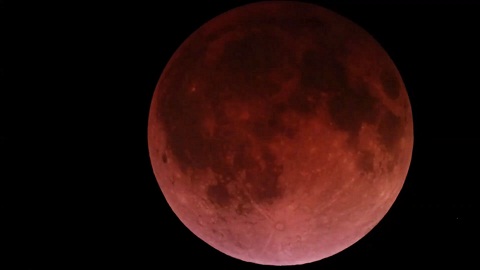| Online: | |
| Visits: | |
| Stories: |

| Story Views | |
| Now: | |
| Last Hour: | |
| Last 24 Hours: | |
| Total: | |
Full Flower Moon May 14, 2014 – Special Astronomical Event, When the Moon will Block Saturn from View for an Hour (Video)
Wednesday night is the full moon for May, rising in the sky around 3 p.m. Eastern time. In the tradition of Native American naming, it’s commonly known as the flower moon, to reflect the spring blooms seen this month. Other names for the May full moon include the hare moon, the corn-planting moon and the milk moon.
According to the Old Farmer’s Almanac, the full flower moon means increasing fertility, as temperatures become warm enough for animals to bear young. For this reason, it’s sometimes called Mother’s moon. It also signals the near end of late frosts. http://www.weather.com/news/science/flower-moon-2014-what-you-need-know-20140513
May’s full moon coincides with another special astronomical event, when the moon will block Saturn from view for an hour. This is known as the occultation of Saturn. Late Tuesday night on the east coast, viewers looking up at the sky will see Saturn disappear behind the nearly full moon

Image credit: ESA



